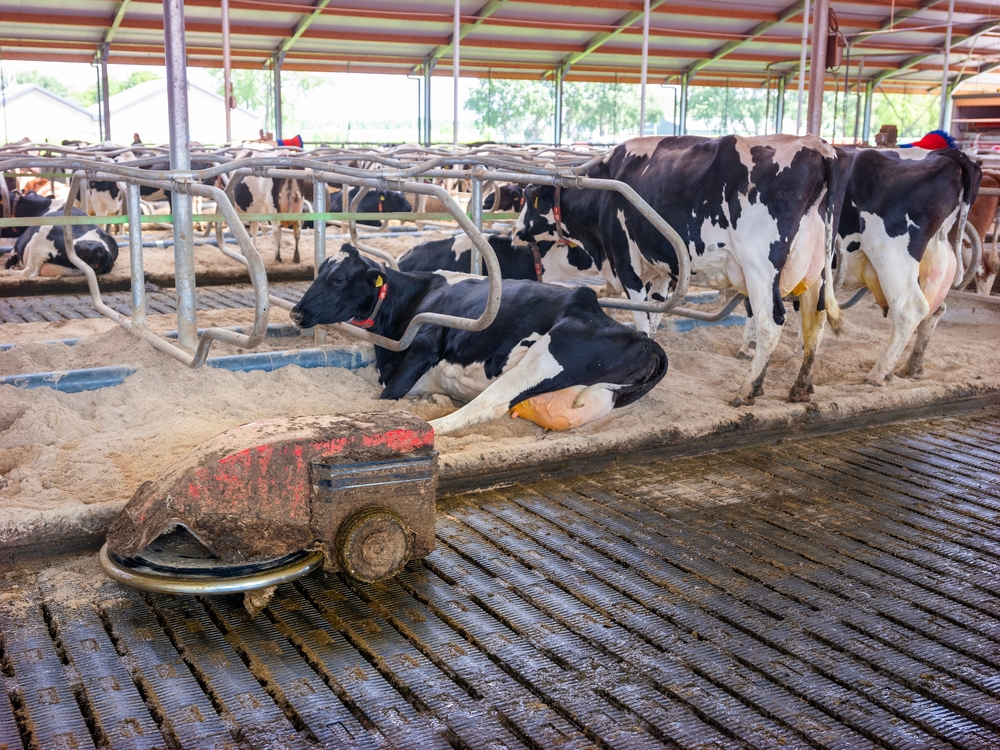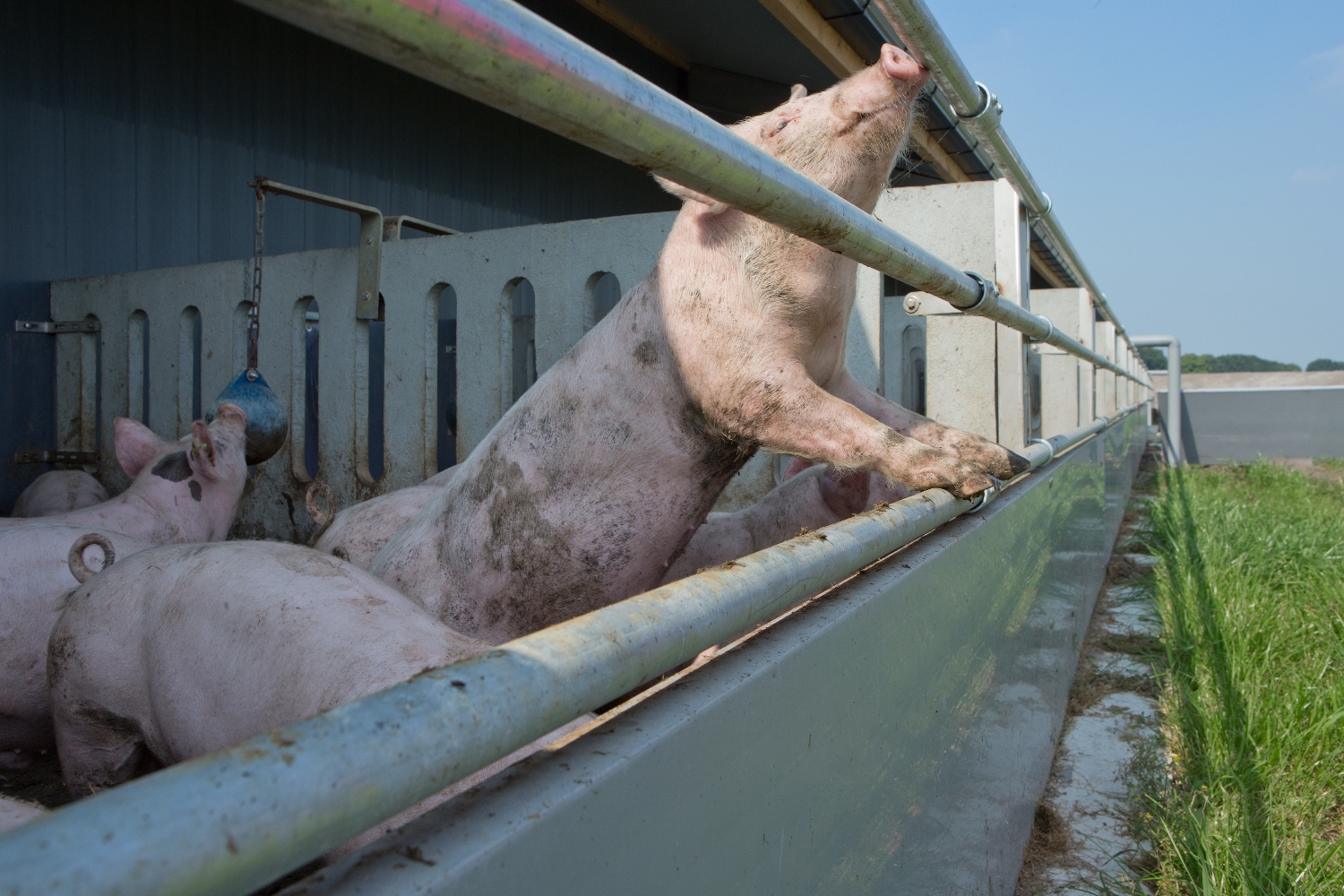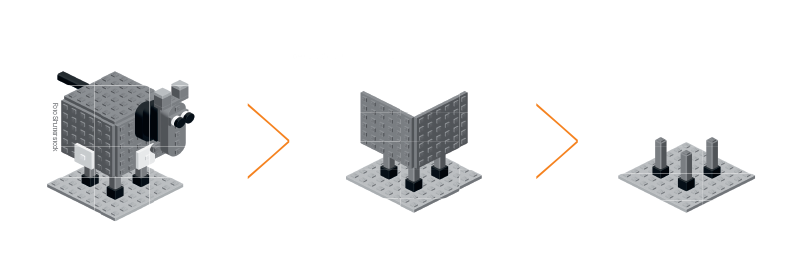After a long run-up, the Animal-Friendly Livestock Farming Covenant was signed last week. WUR is one of the parties that was consulted. At the same time, the ministry asked Wageningen animal researchers to identify any unanswered questions and dilemmas that remain.
The Animal-Friendly Livestock Farming Covenant follows on from the Animals Act adopted last year, which stipulates that animal husbandry must be ‘humane’ by 2040 at the latest. The exact meaning of this concept has been specified in sector plans for the four largest sectors: pigs, poultry, cows, and a plan for calves that is still to be finalized. Legally, the agreements are enshrined in a so-called Order in Council, which has been open for consultation since last week.
WUR is one of the parties that has been consulted. Quite a precarious role, according to Livestock researcher Karel de Greef: ‘Our task is to investigate and, on that basis, interpret how animals function, how they experience things, how animal husbandry can accommodate this and whether – and how – any shortcomings can be compensated for. We can indicate the bandwidths: when do we see signs of positive welfare in animals, at what values do we observe discomfort, and at what point can there be damage to welfare or health? But ultimately, it is up to politicians to set the standard.’
‘Setting standards is a political choice,’ agrees animal researcher Fleur Hoorweg, ‘but the scientific perspective is necessary in order to set standards properly. The needs of the animal do not stand alone. There are other interests that come into play in such a covenant, such as economic considerations, practical feasibility, and environmental impact. It is up to us as animal scientists to identify the consequences of certain policy choices on animal welfare.’
Knowledge gaps
Parallel to the development of the sector plans, WUR, on behalf of the Ministry of Agriculture, Fisheries, Food Security and Nature, is identifying the knowledge gaps regarding the questions and dilemmas that remain unanswered concerning the concept of animal-friendly livestock farming.
De Greef is also participating in this project led by Hoorweg. They conducted interviews with a wide range of stakeholders: from animal owners and animal welfare organizations to supermarket organizations and governments. These interviews yielded a long list of animal science questions, both very applied and more fundamental – for example, about positive animal welfare, but also about all kinds of chain-related questions and economic, legal, and technical issues.
The end result should form the basis for a knowledge agenda to be drawn up later by the ministry. Based on this knowledge agenda, the parties to the covenant (including the ministry) want to set up the necessary research to help the sectors move towards animal welfare.
Reactions
Outgoing Minister of Agriculture Wiersma (BBB) called the covenant ‘a step towards further improvement, without asking the impossible of livestock farmers’. Wakker Dier – not a party to the covenant – was critical: ‘The planned welfare improvements are minimal, the transition periods too long, and the escape clauses numerous.’ The Dutch Animal Protection Society acknowledges that the covenant is not a panacea, but points out that the agreements ‘will radically improve the lives of millions of animals’.
Animal-friendly husbandry is easier said than done. This was also the conclusion reached by Wageningen Economic Research (since January Wageningen Social & Economic Research) last autumn in a socio-economic impact analysis of the covenant. Last week, WSER researchers published a new analysis quantifying the expected costs of the measures envisaged in this context, both at farm level and for the four individual livestock sectors. These costs are estimated between 5.9 billion euros and 8.4 billion euros until 2040.
The minister is allocating 51 million euros for the implementation of the covenant. She is also establishing an Animal-Friendly Livestock Farming Authority that will assess progress in 2028, 2033, and 2038. The composition of the Authority has not yet been announced. The same applies to the assessment framework.
Translated with DeepL.com
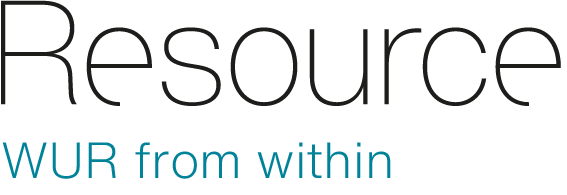
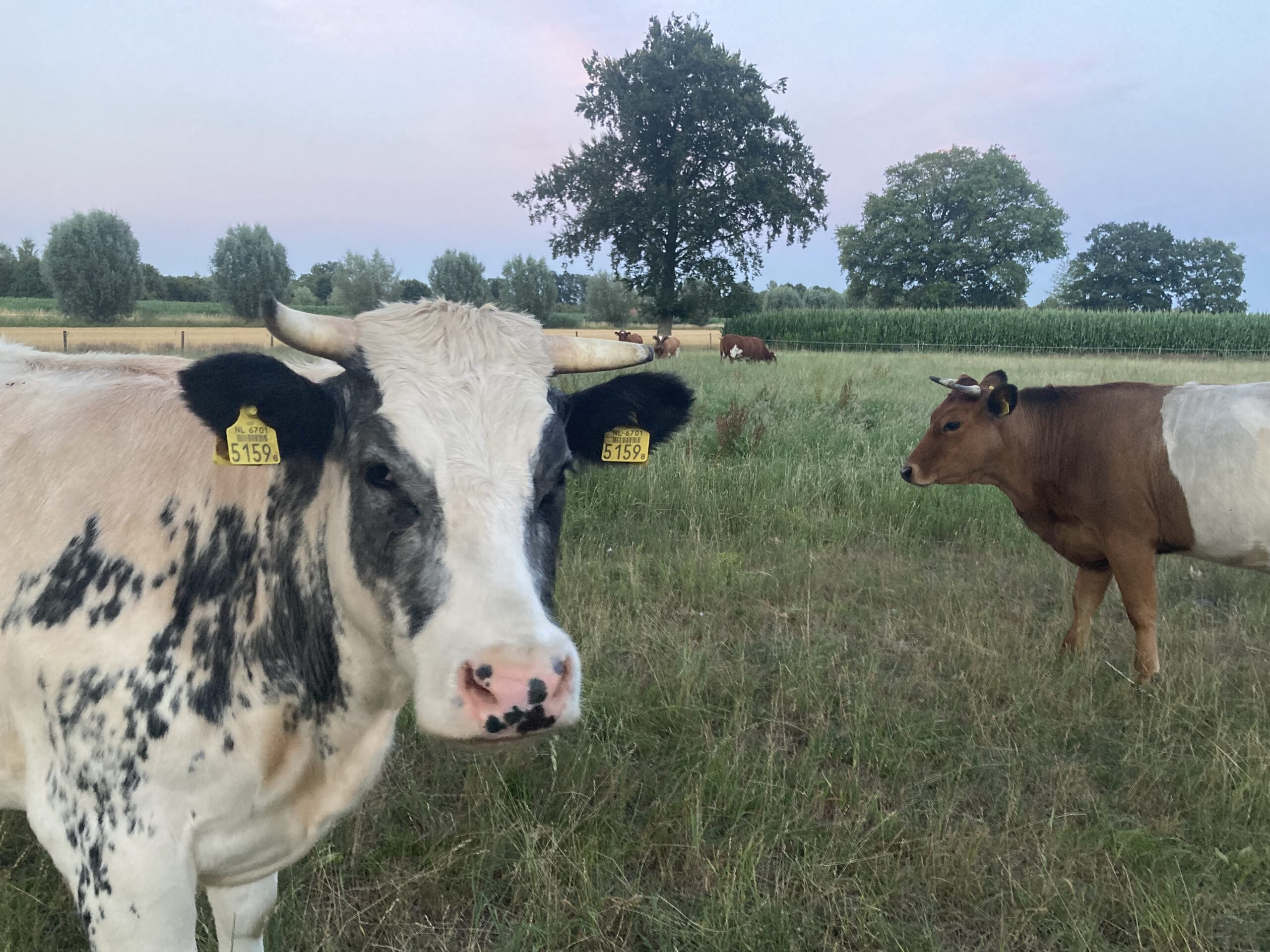 One of the agreements in the covenant is more grazing for cows. Photo Resource
One of the agreements in the covenant is more grazing for cows. Photo Resource 